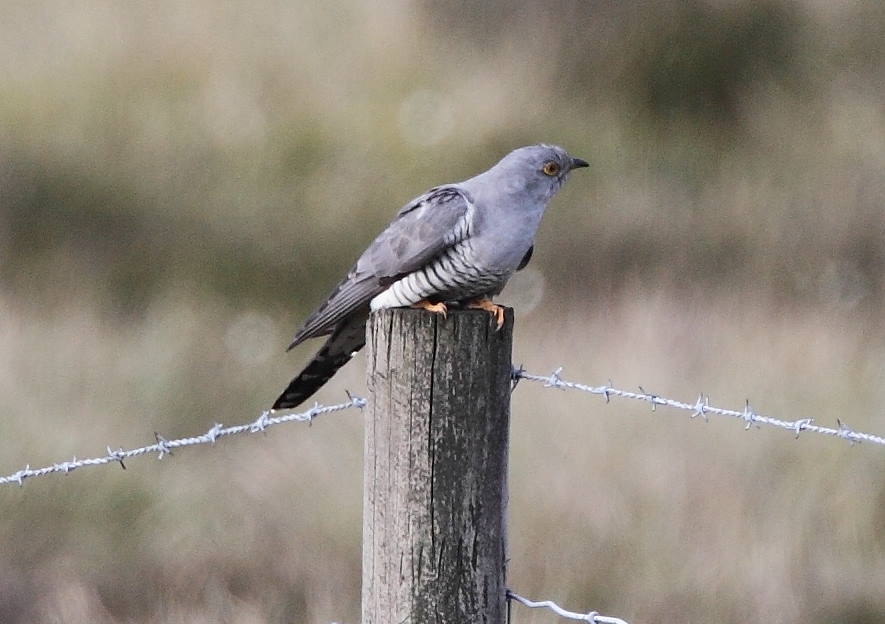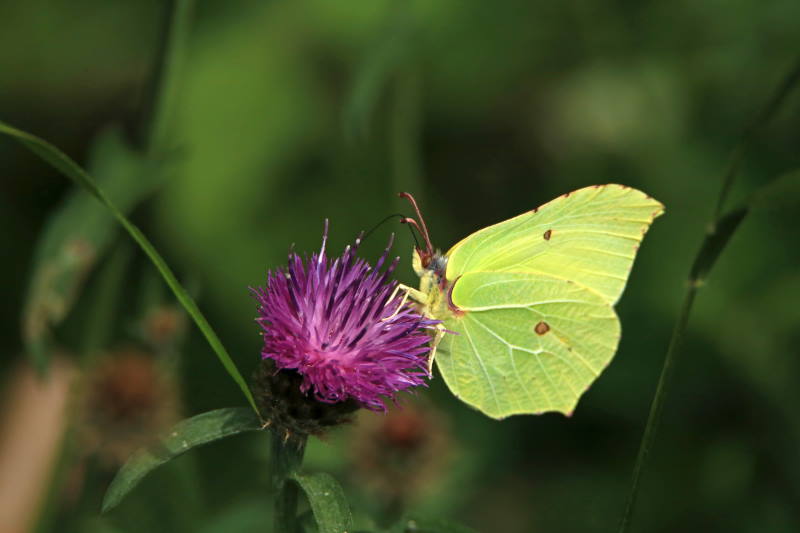It feels like Spring is well and truly here. At Panshanger Park the trees are a wonderful vibrant green, with even the late starters such as the Ash now bursting forth their leaves. The birds have been singing very enthusiastically and soon we’ll be seeing fledglings emerging to take their first flights.
The iconic sound of a cuckoo has recently been resonating across the site- see if you can hear this summer migrant announcing its presence around the park. Of course, their role amongst nesting birds can be seen as a bit sneakier than their straightforward call. Cuckoos are brood parasites, they lay their eggs in other birds’ nests, often dunnocks, meadow pipits or reed warblers, all much smaller birds. The cuckoo then leaves it to the adult birds of that nest to feed its young when they hatch. The cuckoo chicks have the inbuilt instinct to push the other eggs and chicks out of the nest to ensure that they receive all the food. A rather clever way of going about things, although the overworked foster parents would probably disagree!

Whilst the daffodils at Panshanger are now a distant memory, and the glorious purpley-blue hue of the bluebells are starting to fade it becomes the time for other wildflowers such as the bright yellow cowslips, tall cow parsley and the delicate common dog violet, a favourite for butterflies. At their peak now are the wonderfully vibrant orangey-yellow gorse flowers. Look out for them, and if the sun is shining, have a sniff (mind the spiky leaves!) as they are coconut scented in the warmth.
It’s not just wildflowers that are coming out now though. Over the past few weeks we have seen more butterflies beginning to emerge. Small tortoiseshells and brimstones are usually the first, followed by peacocks, commas and large whites. The first red admirals are appearing too. Lady Hughes Wood is a good place to spot these as the southern facing boundary path allowing butterflies to warm up, bask and feed in the sun.
As you walk around Panshanger you may see some of our fantastic butterfly monitors who regularly walk a specific route to count and ID the butterflies seen at Panshanger. This is part of a national monitoring scheme through the UK Butterfly Monitoring Scheme.
If you would like to find out more about monitoring the biodiversity at Panshanger, or other volunteering opportunities, please visit panshangerpark.co.uk.
Jo Whitaker is the Panshanger Park People and Wildlife Officer.
She works for Herts and Middlesex Wildlife Trust and her role is funded by Tarmac.


